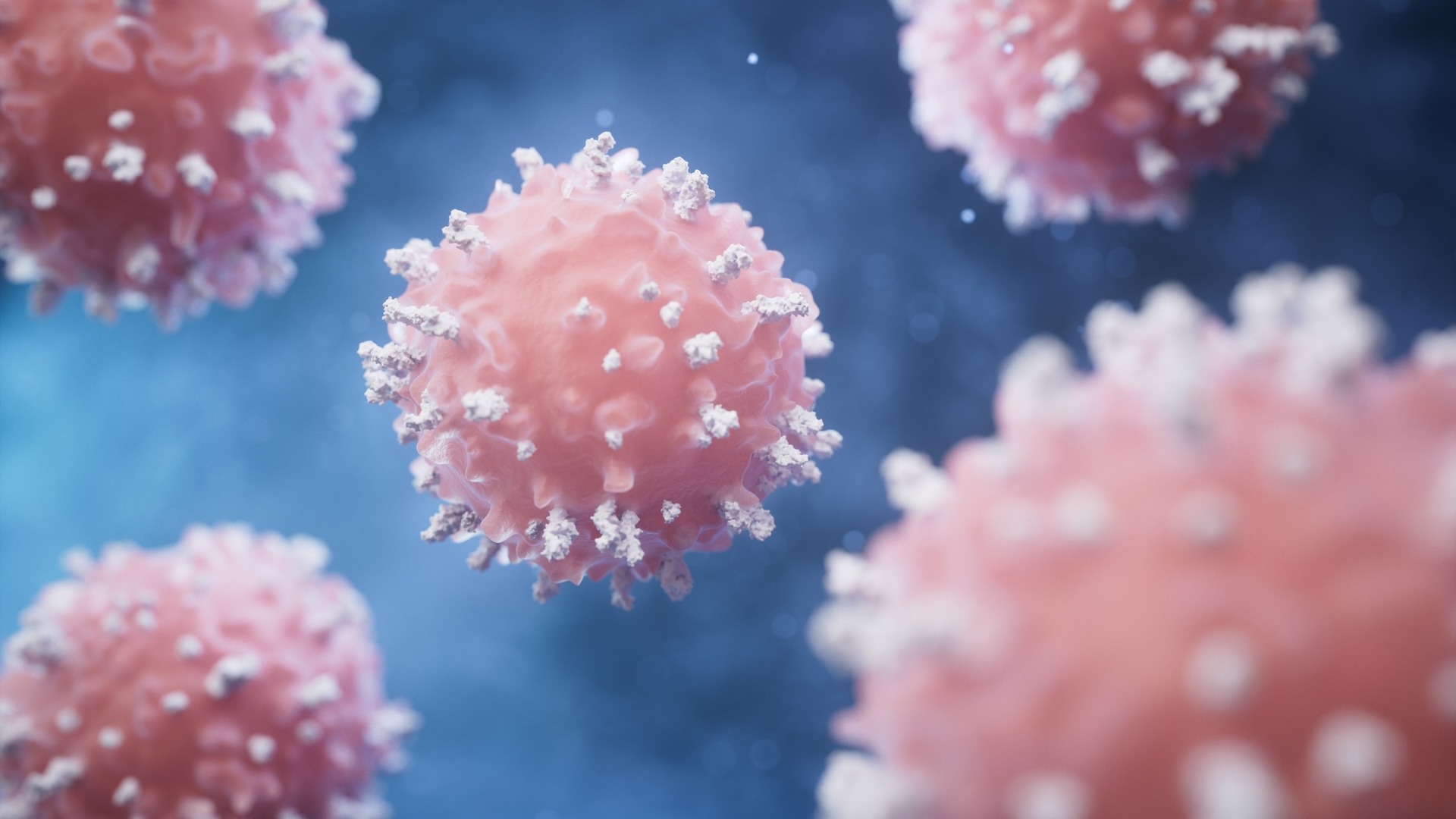
In a first, scientists have designed immune cells that protect stem cell transplants from being rejected by the body — and they could someday open the door for a cure for diabetes.
The new cells, which were able to protect insulin-producing cells transplanted into mice, are an early "proof-of-concept," said study co-author Audrey Parent, an associate professor at the University of California, San Francisco (UCSF) Diabetes Center.
But if shown to be safe and effective in people, the designer cells could one day be used to protect transplanted tissues from attack, reducing or eliminating the need for drugs that suppress the immune system. That, in turn, could pave the way to a cure for diseases like type 1 diabetes.
In type 1 diabetes, immune cells, known as killer T cells, destroy pancreatic beta cells, which make insulin. In recent years, scientists have progressively inched closer to replacing destroyed beta cells with new cells derived from stem cells, which can be made to turn into any type of cell in the body.
In June, for instance, scientists reversed type 1 diabetes in a person by reprogramming their fat cells, while the Boston-based company Vertex Pharmaceuticals recently launched a pivotal, large-scale trial testing whether reprogrammed stem cells can eliminate the need for insulin in those with type 1 diabetes.
But before such stem-cell transplants can be widely used, scientists need to solve one big problem: In type 1 diabetes, killer T cells have been trained to target beta cells and have already destroyed those cells once. The transplanted cells need protection from this immune attack, so for now, patients need strong drugs that suppress the immune system. However, these drugs leave patients open to dangerous infections and are toxic to the kidneys and other organs.
Get the world’s most fascinating discoveries delivered straight to your inbox.
To get around this problem, Parent and colleagues engineered T cells in the lab that protected the transplanted cells — known as a graft — from attack.
"We took an immune cell and changed the machinery inside it to make it a protective cell instead of a killer cell," Parent told Live Science. "And then we targeted it to the graft." Essentially, the designer cells act as bodyguards.
The bodyguards zero in on beta cells because they recognize a specific protein, called CD19, that the researchers added to the beta cells. When the bodyguard cells grab onto CD19, they then crank out a molecule that inhibits killer T cells.
The guards also make a protein that sops up an inflammatory chemical that normally helps activate killer T cells. This anti-inflammatory protein also tells the guards to replicate, creating a positive feedback loop that reinforces their ranks, Parent said.
To test their guards in a living organism, the researchers then took beta cells derived from stem cells and implanted them into mice. They then sent killer T cells to attack the transplanted beta cells. In one group of mice, they also injected their designer cells to defend the transplants.
In the mice not given designer cells, the killer cells quickly wiped out all the beta cells. But in the mice injected with designer cells, the transplants lived at least 35 days, and the mice were still producing insulin at that time, researchers reported in the study, published Thursday (Dec. 5) in the journal Science.
The results show it is possible to engineer T cells that can protect transplanted tissue, Parent said.
However, one challenge is finding a unique protein target to activate the designer cells, Parent said, as most potential targets are found on cells in multiple places in the body. That raises the chances that their designer cells will activate elsewhere in the body, beyond the transplants. That could pose a problem if, for instance, cells with the protein target become infected or cancerous, but can't be cleared because they are being protected by the guard cells. Transplant cells could be engineered to have a "kill" switch for those cases, but other cells in the body wouldn't have this switch.
Follow-up work may address this problem. For instance, the team could engineer an artificial target that would be found only on the transplanted beta cells and nowhere else, study co-author Wendell Lim, a biochemist and director of the UCSF Cell Design Institute, told Live Science in an email.
In a separate study, also published Thursday in Science, Lim and colleagues showed that similar designer T cells could target brain tumor cells while leaving healthy brain cells alone. The cells could also deliver anti-inflammatory chemicals to brain cells in mice with a disease similar to multiple sclerosis.
Looking forward, the team is also interested in seeing how this approach works against other autoimmune diseases fueled by inflammation, such as rheumatoid arthritis, as well as Crohn's disease and other inflammatory bowel diseases, Lim added. But it will be several years before these ideas can be tested in humans, he said.
"This work opens up a new avenue for treating inflammatory diseases in a targeted way," he said," but lots of pieces need to be put together and tested to come up with effective therapies."
Ever wonder why some people build muscle more easily than others or why freckles come out in the sun? Send us your questions about how the human body works to community@livescience.com with the subject line "Health Desk Q," and you may see your question answered on the website!

Tia is the managing editor and was previously a senior writer for Live Science. Her work has appeared in Scientific American, Wired.com and other outlets. She holds a master's degree in bioengineering from the University of Washington, a graduate certificate in science writing from UC Santa Cruz and a bachelor's degree in mechanical engineering from the University of Texas at Austin. Tia was part of a team at the Milwaukee Journal Sentinel that published the Empty Cradles series on preterm births, which won multiple awards, including the 2012 Casey Medal for Meritorious Journalism.
